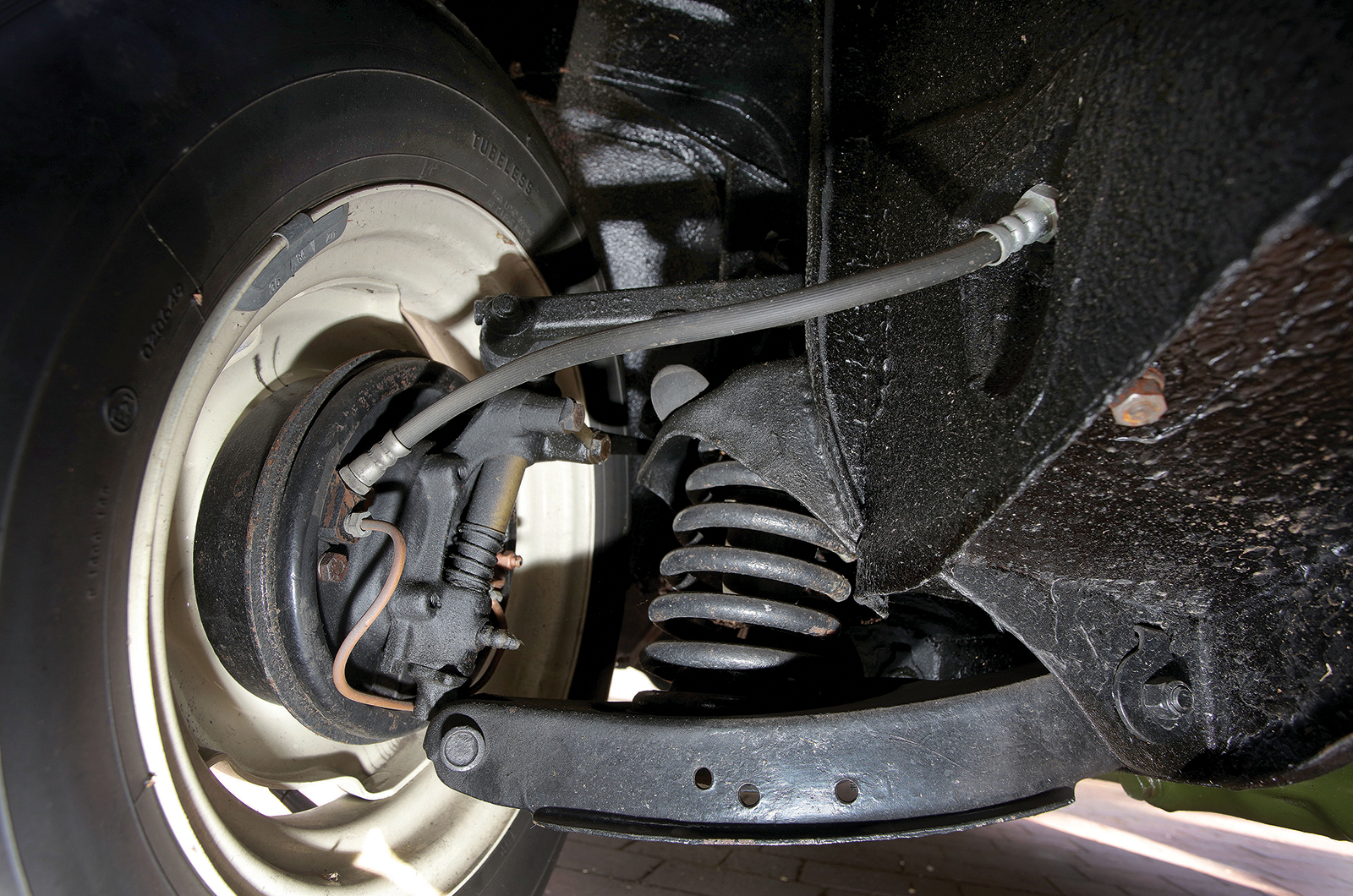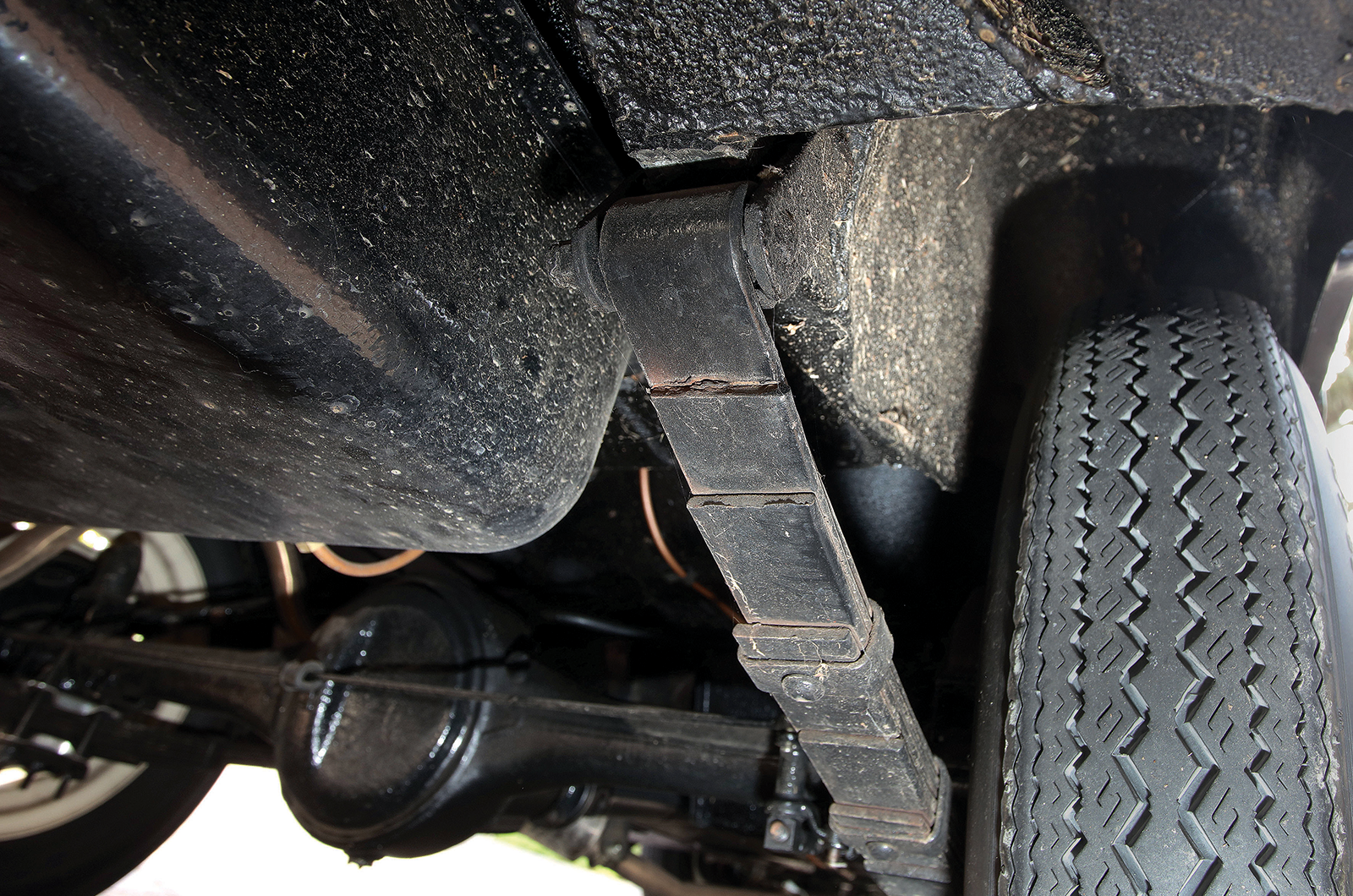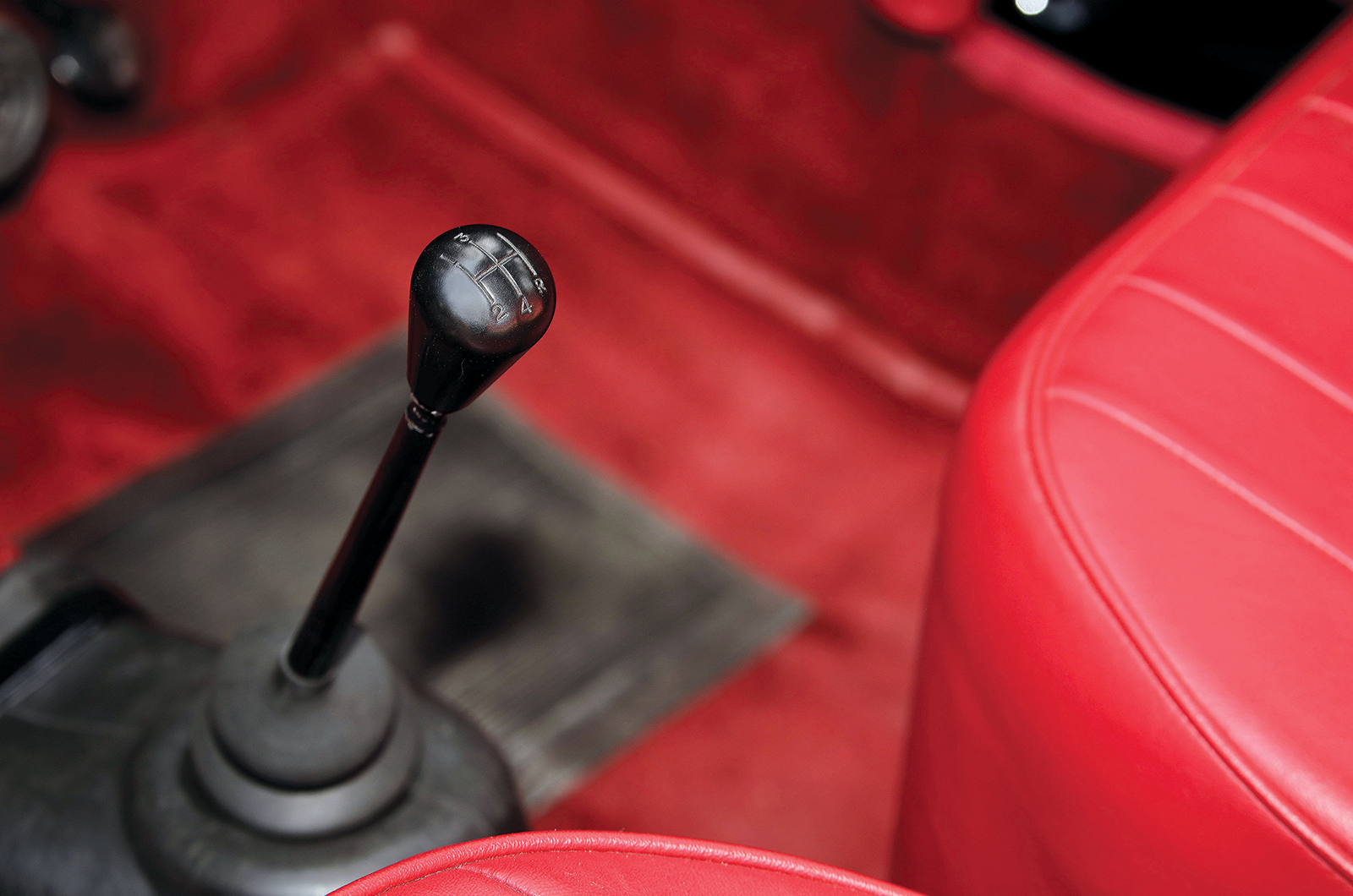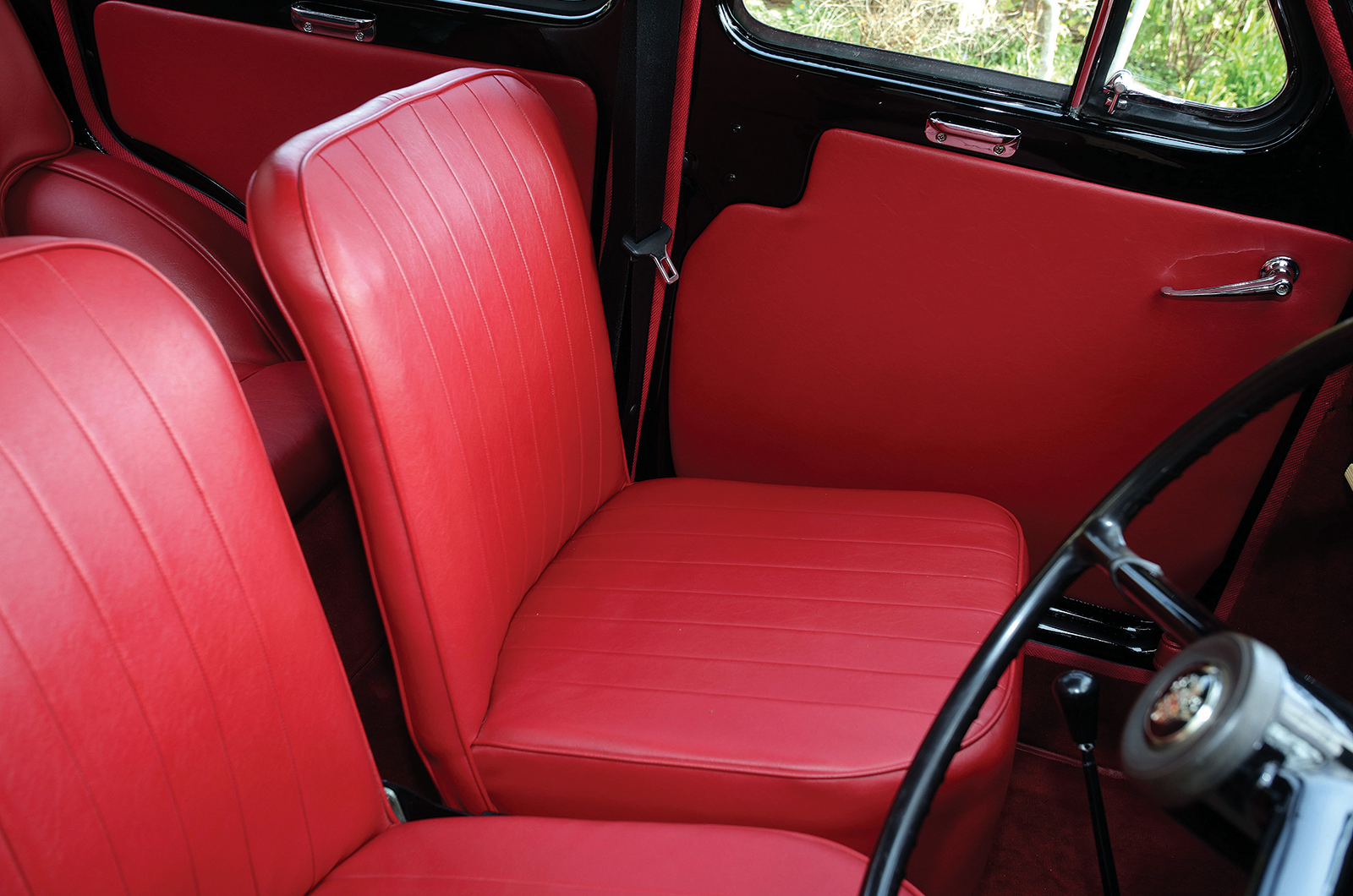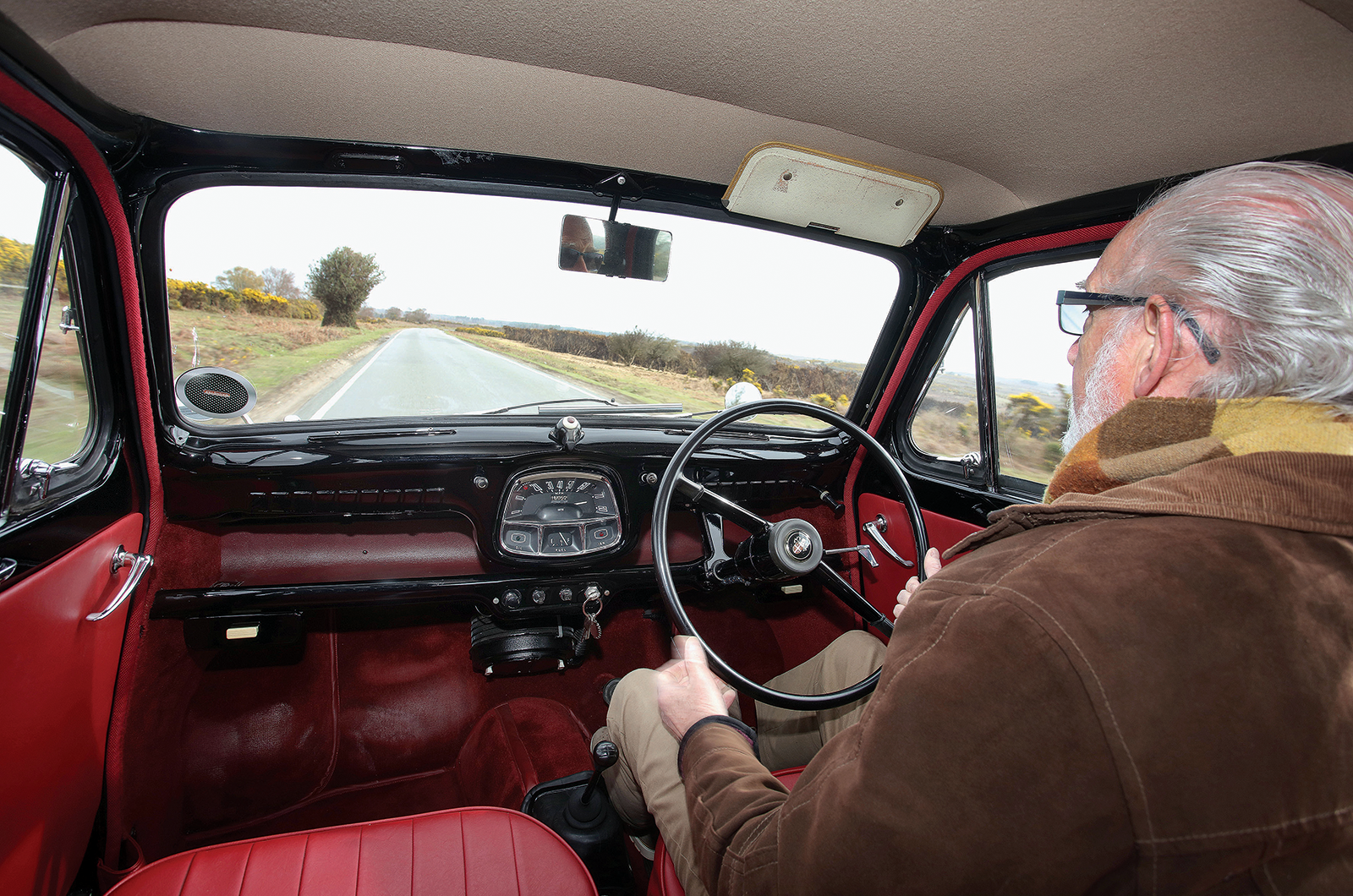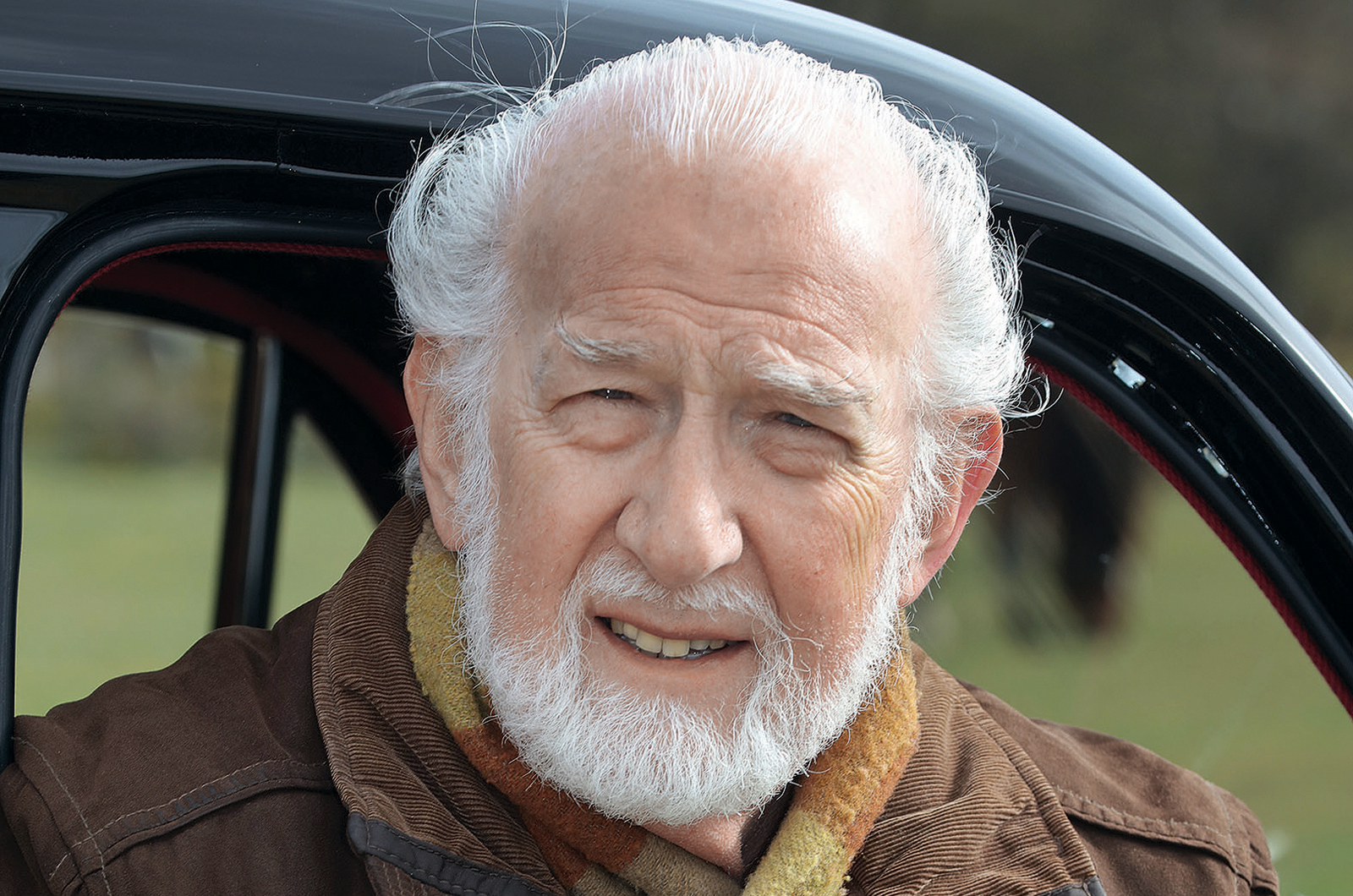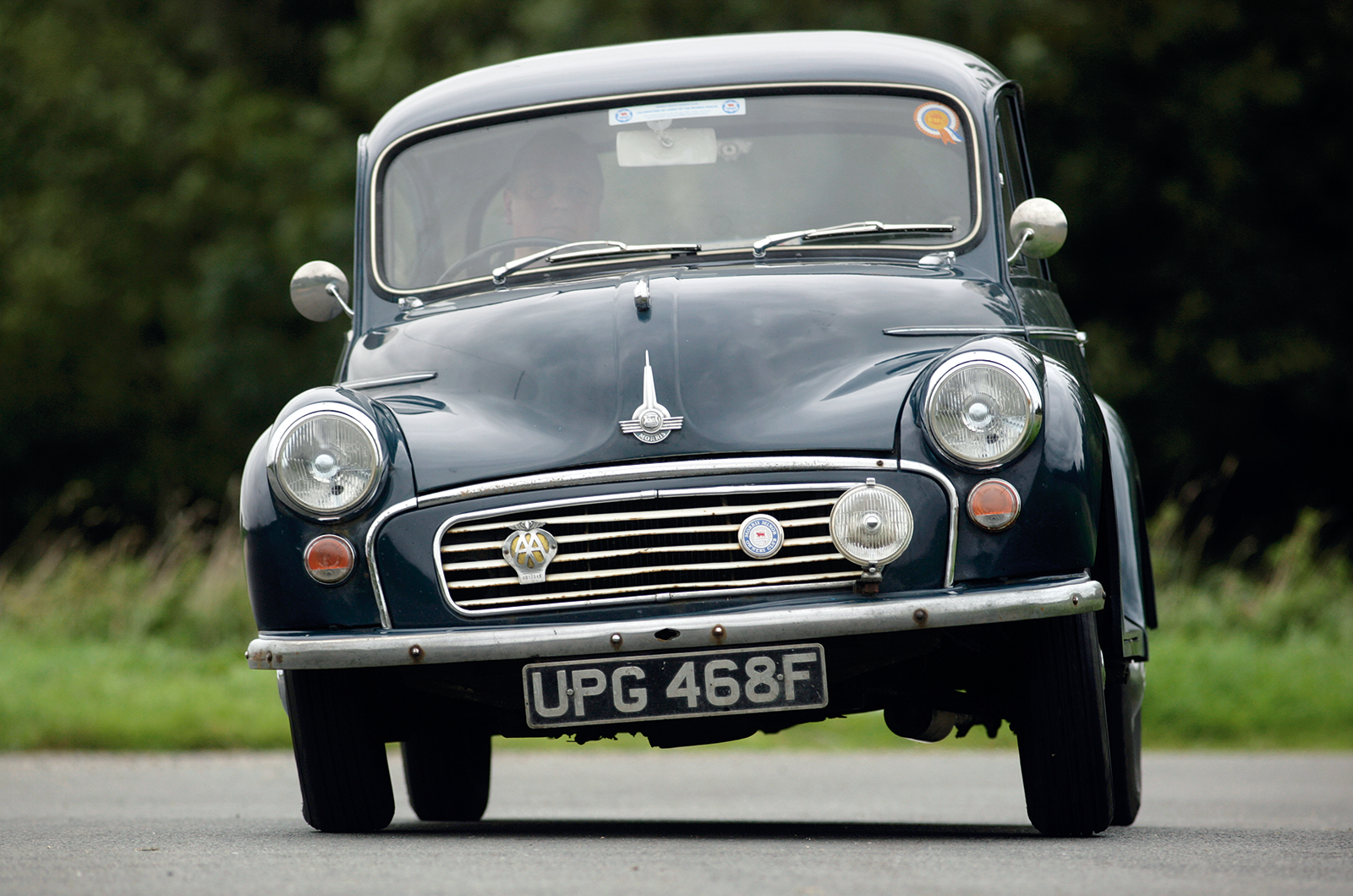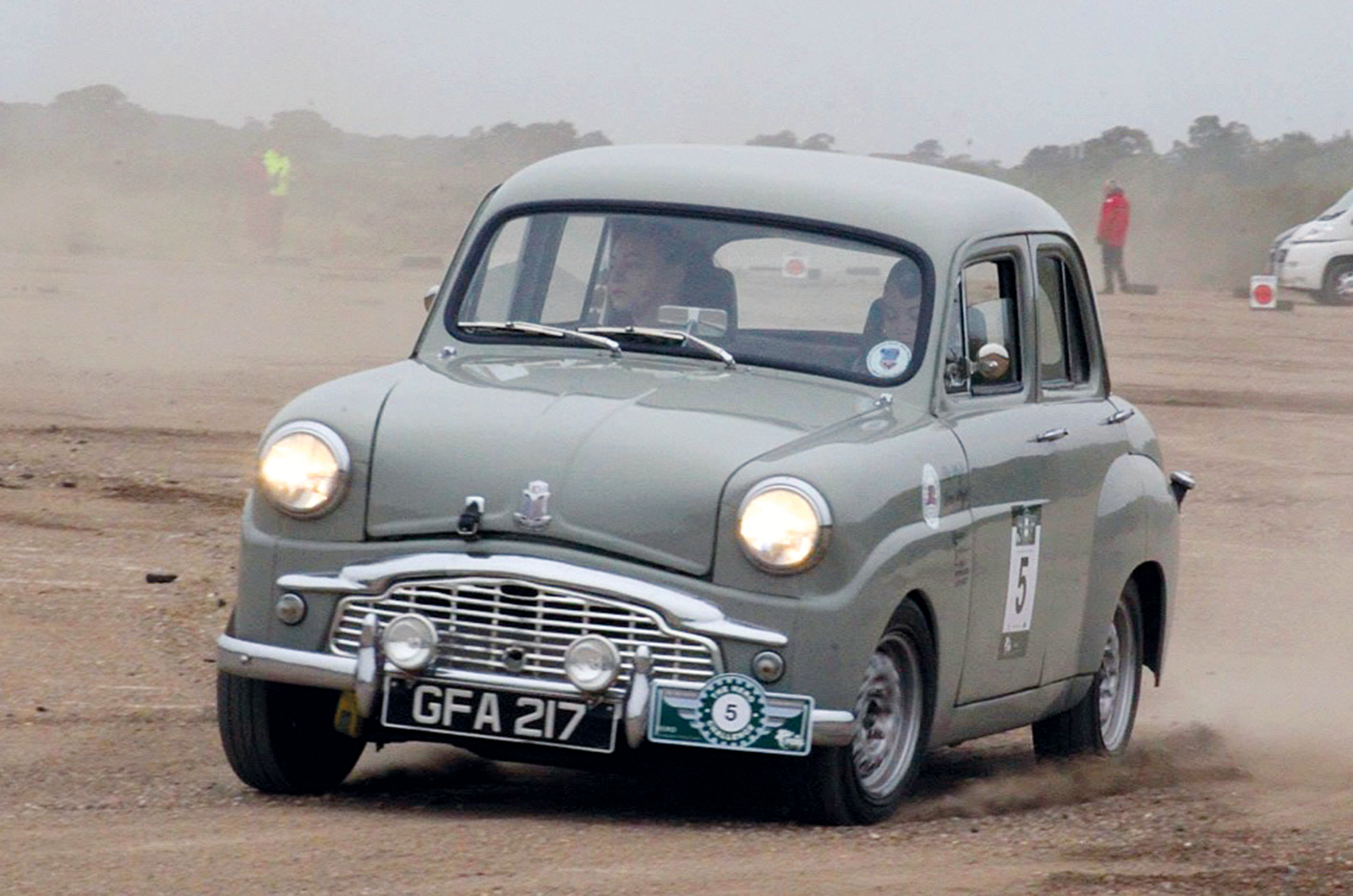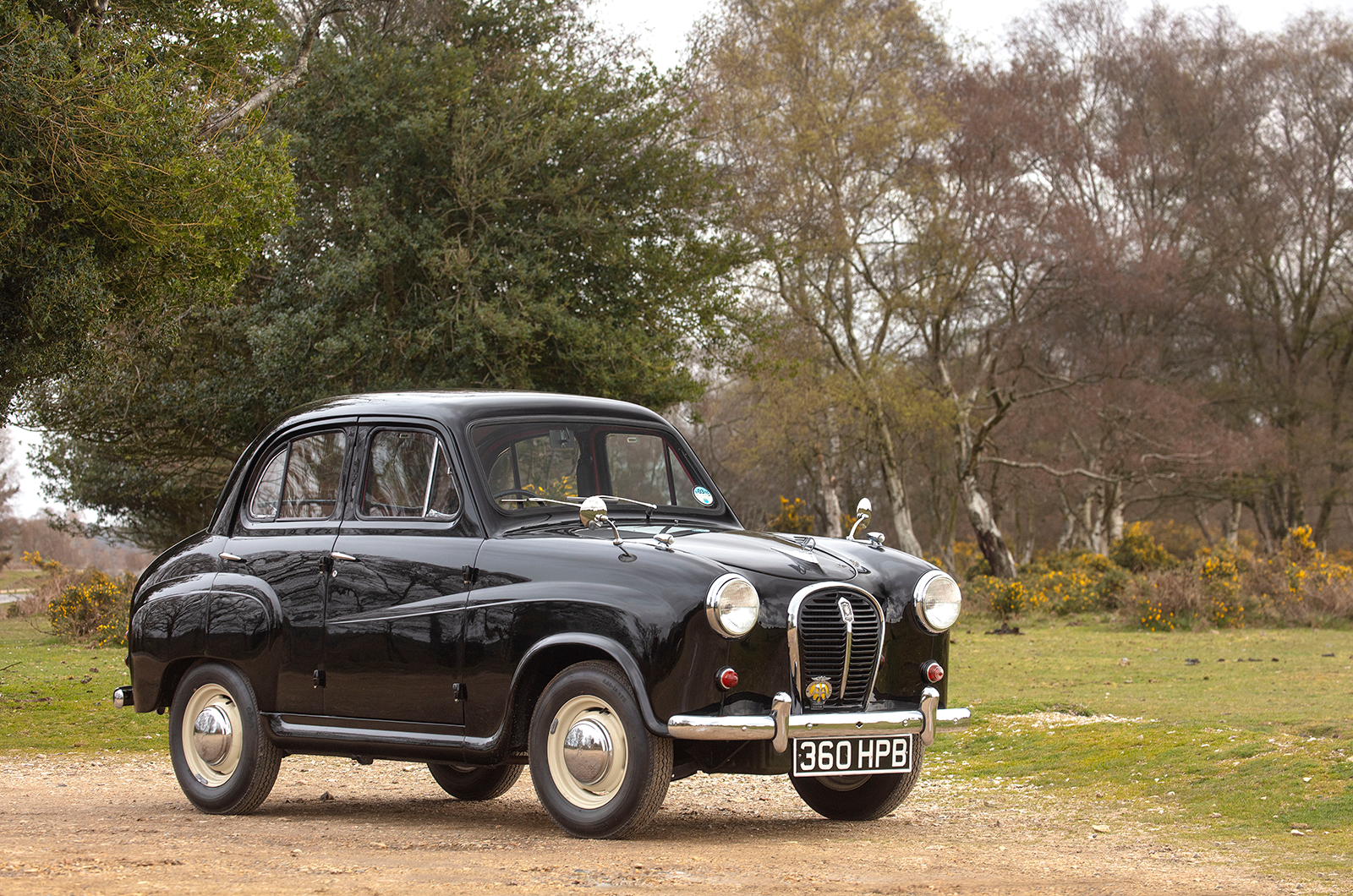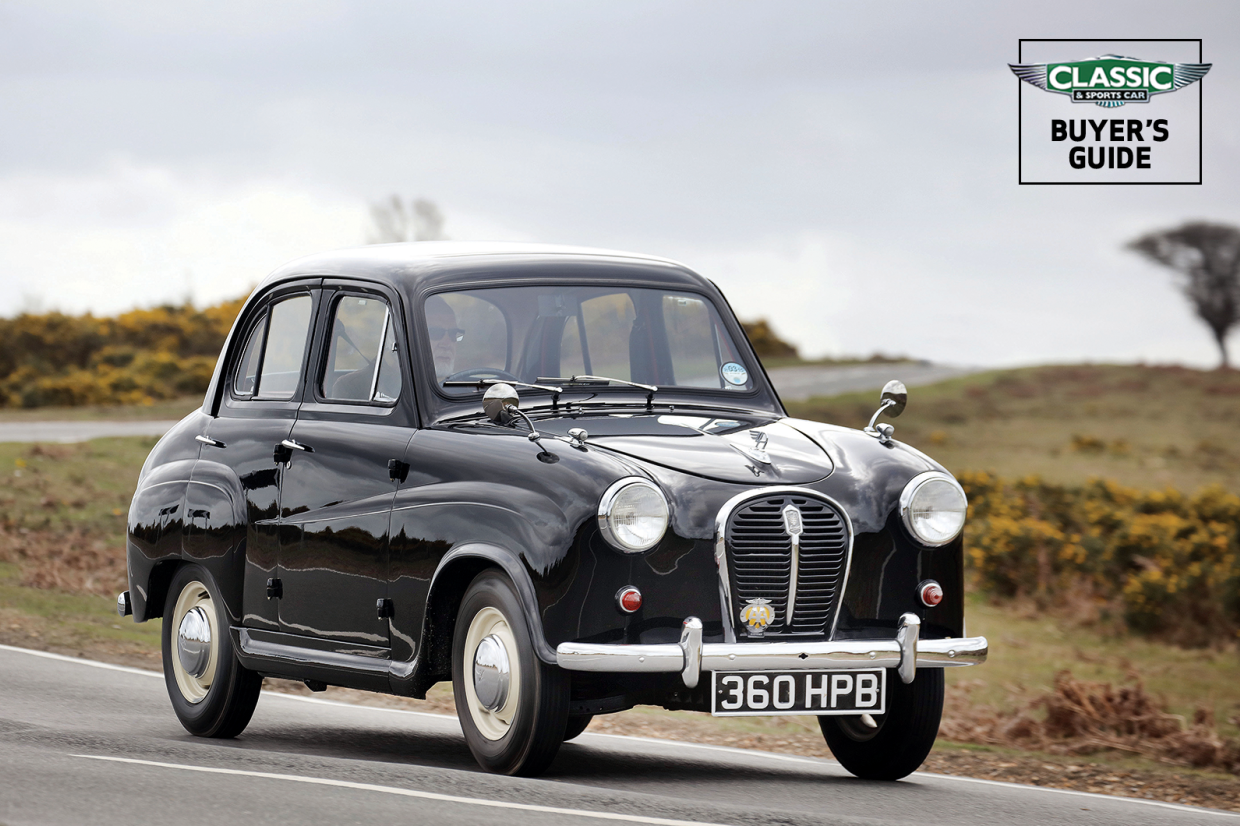
Why you’d want an Austin A30/A35
Perfectly pitched into Britain of the early 1950s – battling the crippling costs of war, but looking forward to a better future – the A30 Austin Seven was the ideal transport for a young family.
Post-war Britons wanted independence, but times were tight, so an affordable, light car that was solid, while returning 50-60mpg (a figure rarely beaten even now), was a revelation.
Austin had contracted Raymond Loewyʼs US styling house to help design the car, though Holden Kotoʼs proposal was heavily modified in-house, not least by reducing it to the overall dimensions of the pre-war Austin Big Seven.
David Bache had a hand in some later restyling, especially the 1953 dashboard.
The A30 boasted monocoque construction, a new overhead-valve engine, a four-speed three-synchro gearbox, four doors (a two-door came later), 12V electrics and surprisingly good handling, aided by a rear anti-roll bar.
The significance of the introduction of the new A-series engine, which would endure for half a century in production and power so many iconic BMC vehicles, cannot be overstated.
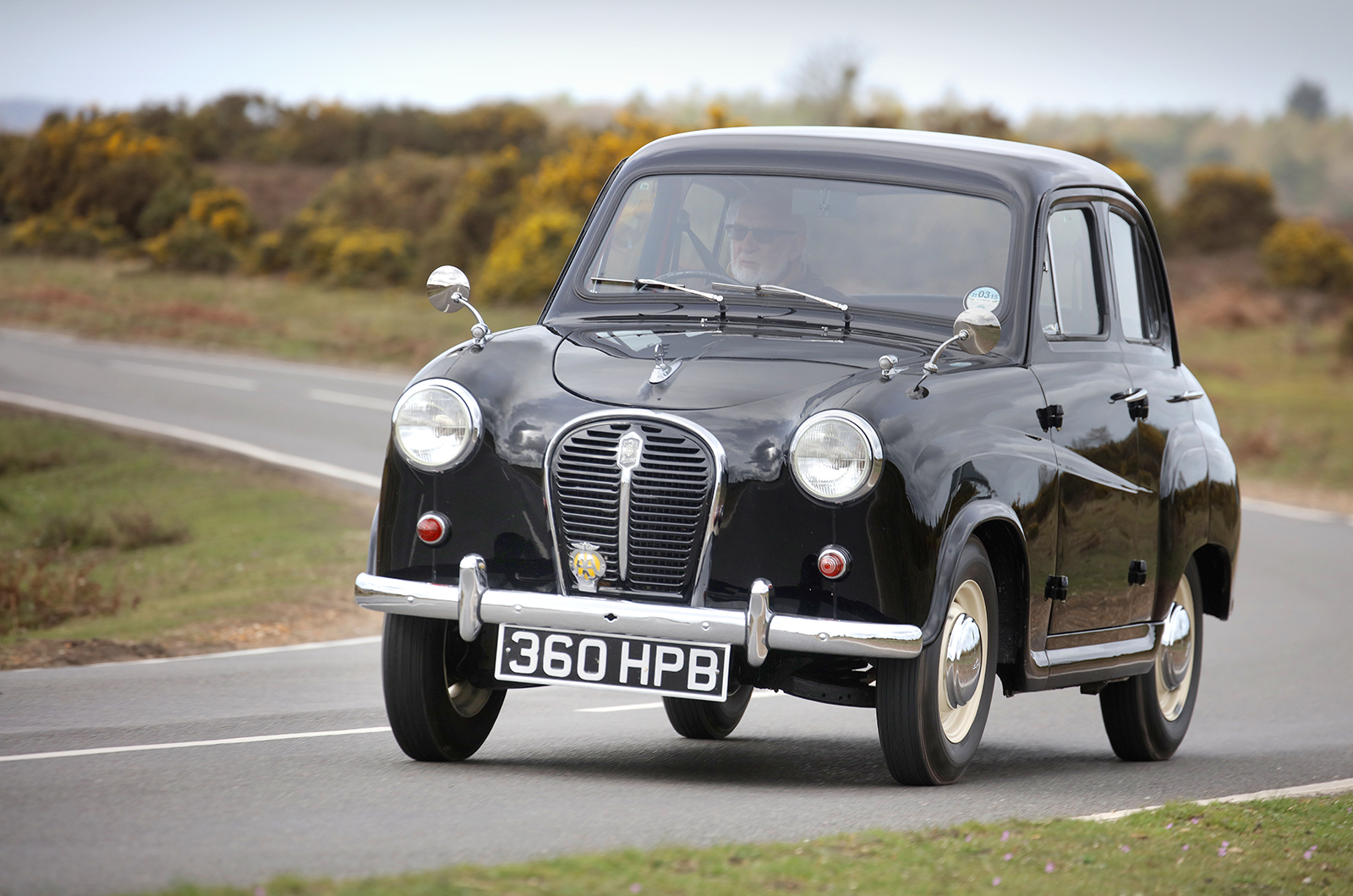
With only 803cc, the original A30 unit was willing but far from swift, reduced to slogging at 30mph in third up anything steeper than the gentlest of hills, yet by the standards of the day it was more than adequate.



